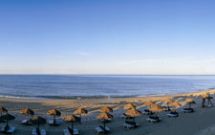Visit Beja
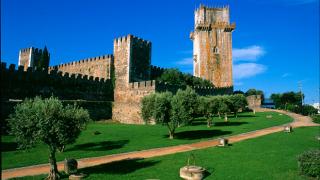
A visit to Beja in an atmosphere of Alentejo calm, to discover conquests and hidden loves.
Arrive and head for the Tower of the Castelo de Menagem, with its place in the country's history, where great battles took place to defend Portugal's borders. With 40 meters high and all built in marble, it is the flagship monument of Beja. The view from the top is unprecedented, an expansive way to admire the city and the surrounding Alentejo landscape.
Nearby, the Church of Santiago, the Cathedral, and the Church of Santo Amaro - where the Visigoth Centre of the Regional Museum is located. Continuing along Rua D. Manuel I, and after passing in front of a Professional School which operates where an old hospital used to be, you will find the heart of the city, the Praça da República.
Around it, the Manueline-style architecture gives a particular note to the square, where you can see a pillory also from the 16th century, and the Misericórdia Church, a reference work from the Renaissance period. Continuing down Rua do Touro, you will find the Jorge Vieira Museum, in reference to the important 20th-century Portuguese sculptor, whose work is known for its terracotta figures.
Further on, another symbol of the city, the Convento de Nossa Senhora da Conceição (Convent of Nossa Senhora da Conceição), which houses the Beja Regional Museum. It is possible to discover there the famous story of Mariana Alcoforado, a sorority sister who lived there, author of the "Portuguese Letters", in which she declared her forbidden love for a French knight. The interior is astonishing, with frescoes on the ceilings and walls, and a countless number of tiles applied since the 15th century, making a visit an authentic tile-making class. And it was certainly there where, centuries ago, some of the region's convent sweets, famous throughout Portugal, were created, based on eggs and sugar.
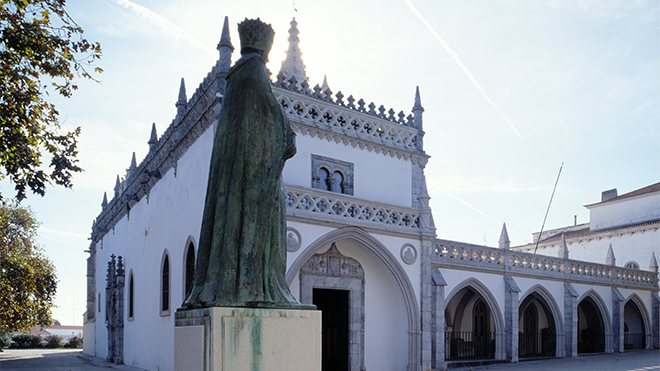
Photo: José Manuel
Right next door is the Teatro Municipal Pax Julia, which opened in 1928. After being closed in 1990, it was renovated in 2005, and today it is a cultural space with a diverse programme and a captive audience, of musical shows and variety shows, theatre and auteur cinema.
On the way down to the gates of Mértola, one of the exits of the city walls, is the Convent of São Francisco, today a Pousada. Below in the same direction is the José Saramago Library, a municipal building dedicated to the Portuguese Nobel Prize winner for literature. Opposite that, the Casa da Cultura (House of Cuture), where exhibitions are held and whose car park is known for hosting occasional antiques markets and music festivals.
Following Rua D. Afonso Henriques, to the left is the old Municipal Market; to the right, the Diocesan Seminary of Nossa Senhora de Fátima, which is still well attended by young people wishing to start a religious life. Further ahead, the rear entrance to the Jardim Gago Coutinho e Sacadura Cabral (Gago Coutinho e Sacadura Cabral Garden), the city's lung, where you can take a quiet walk, admire birds of prey and leafy vegetation, as well as go on a pond ride among the swans. It is also a meeting and socialising point for the older population, with sporadic shows on the bandstand and card games among the locals.
Outside the historic centre, there are points of interest scattered around a district capital that greatly expanded from the second half of the 20th century: in the middle of Rua Tenente-Coronel Salgueiro Maia, the Parque de Feiras e Exposições de Beja, which is the stage for countless major city events, from parties to senior proms to big concerts and the annual agricultural fair Ovibeja, which attracts attention all over the country every year at the end of April; in the western part of the city, the Universities area, sprinkled with very active academic parties and bars during the academic year. At this end of the city, the most recent pearl of Beja, the Parque da Cidade, inaugurated in 2004; a view of modern lines and moving water, it promotes well-being and sport, enjoying a public garden and entrances to the jogging circuit of the great Mata de Beja (Forest of Beja).
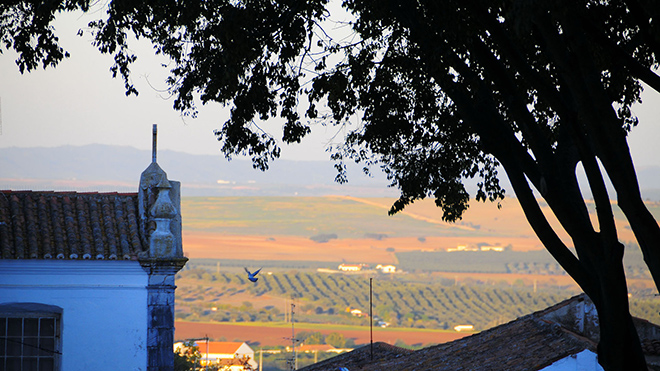
View from Beja Cathedral.
Very close to Beja and as an excuse to step out into the countryside beyond the city, we suggest a trip to the villa of Pisões, where you can see an old Roman farm and try to imagine what it would have been like to live in the Alentejo two thousand years ago.


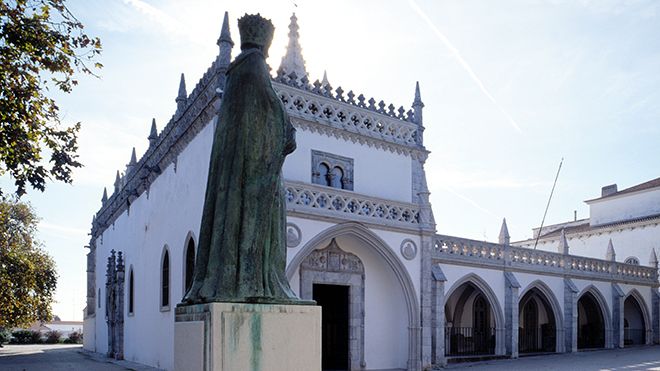





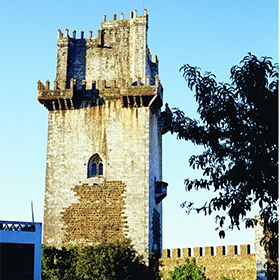
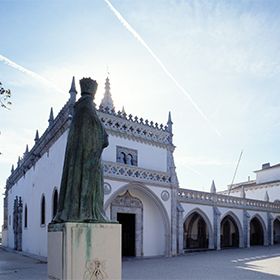
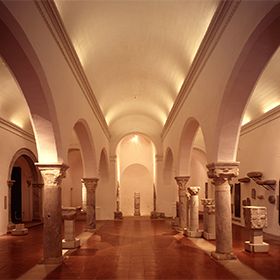
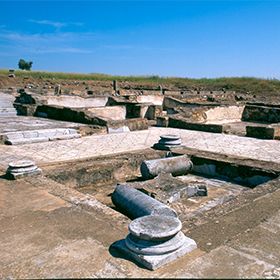


 Explore
Explore 
 Remember and Share
Remember and Share 

